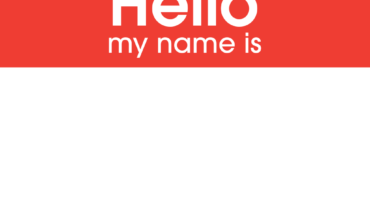Public Media Like Minds Breakfast caucuses
Public media is poised to advance to 2.0, but the medium must change profoundly, said presenters at a 15-member caucus.
“The future of public media is digital and participatory,” said moderator Jessica Clark of the American University Center for Social Media.
Public media will not necessarily mean public-funded media, she said, so people with new ideas and ventures should consider relationships with funders who were previously thought of as incompatible in the silo world of traditional media.
John Boland, chief content officer with PBS, said the move to public media 2.0 will be wrenching and complicated. Despite the inevitable move to digital, it will be necessary to keep public television and radio going with limited resources.
For the past 20 years, public broadcasting detractors said the system did not need government funding because cable channels such as Bravo, Encore and The Learning Channel [TLC] were to provide cultural and public affairs content that would make PBS unnecessary.
Boland noted that cable channels did not replace PBS because they canceled programming that was unprofitable. Furthermore, he said, cable channels made matters worse by fracturing the television market, which resulted in declining PBS viewership.
Yet PBS executives are hopeful their medium will rebound.
PBS.org, said Boland is the No. 1 network TV-based Internet site with 10 million unique visitors, 9 million of the visitors children.
Already, there is a kid’s revolution under way at PBS. Sara DeWitt of PBS Kids Interactive explained that broadcast system is often a child’s first experience with the Internet. She then showed how children ages 6-10 use social media. With a flat-screen monitor DeWitt showed us the PBS Kids Go video player with which children can find clips of favorite shows such as “Arthur” and “Word Girl.”
In fact, many children are streaming full-length episodes of their favorite shows, said Boland.
DeWitt also showed us the “Kids Vote” Internet page where children visit and using stickers as ballots vote for their favorite causes. Animals and the environment rank No. 1 and 2; and No. 3 and 4 causes are education and energy.
Another PBS project was “Dear Mr. President” which was co-produced with the National Black Programming Consortium.
The focus on public broadcasting shifted to public access necessary to create public media 2.0. Nathaniel James of The Media & Democracy Coalition was asked to explain futuristic changes in bandwidth.
He said the just-approved stimulus law includes $7.2 billion in stimulus for broadband access in under- and unserved communities. The money will promote open access to high-speed Internet and net neutrality, said James, who added that the funding is significant yet it is a down payment on a nationwide broadband network.
While presenters said there is optimism that the Obama administration appears friendly to the growth of public, citizen-driven media, a change in the closing days of the Bush administration is good news. The Federal Communications Commission, said James, provided more access to TV “white space,” which he giddily called “beachfront spectrum” or “WiFi on steroids” during a follow-up interview.
The benefits cannot be realized instantly, the spectrum is now publicly available to begin construction of public media 2.0.



